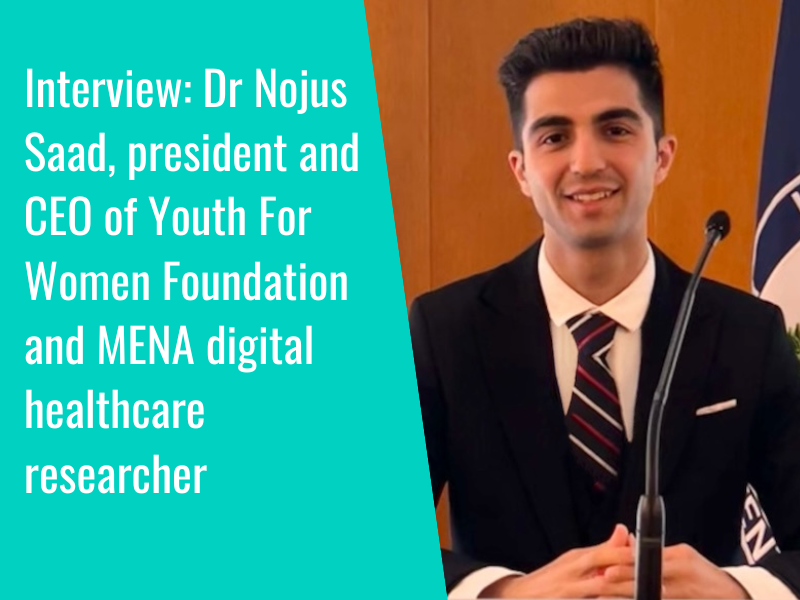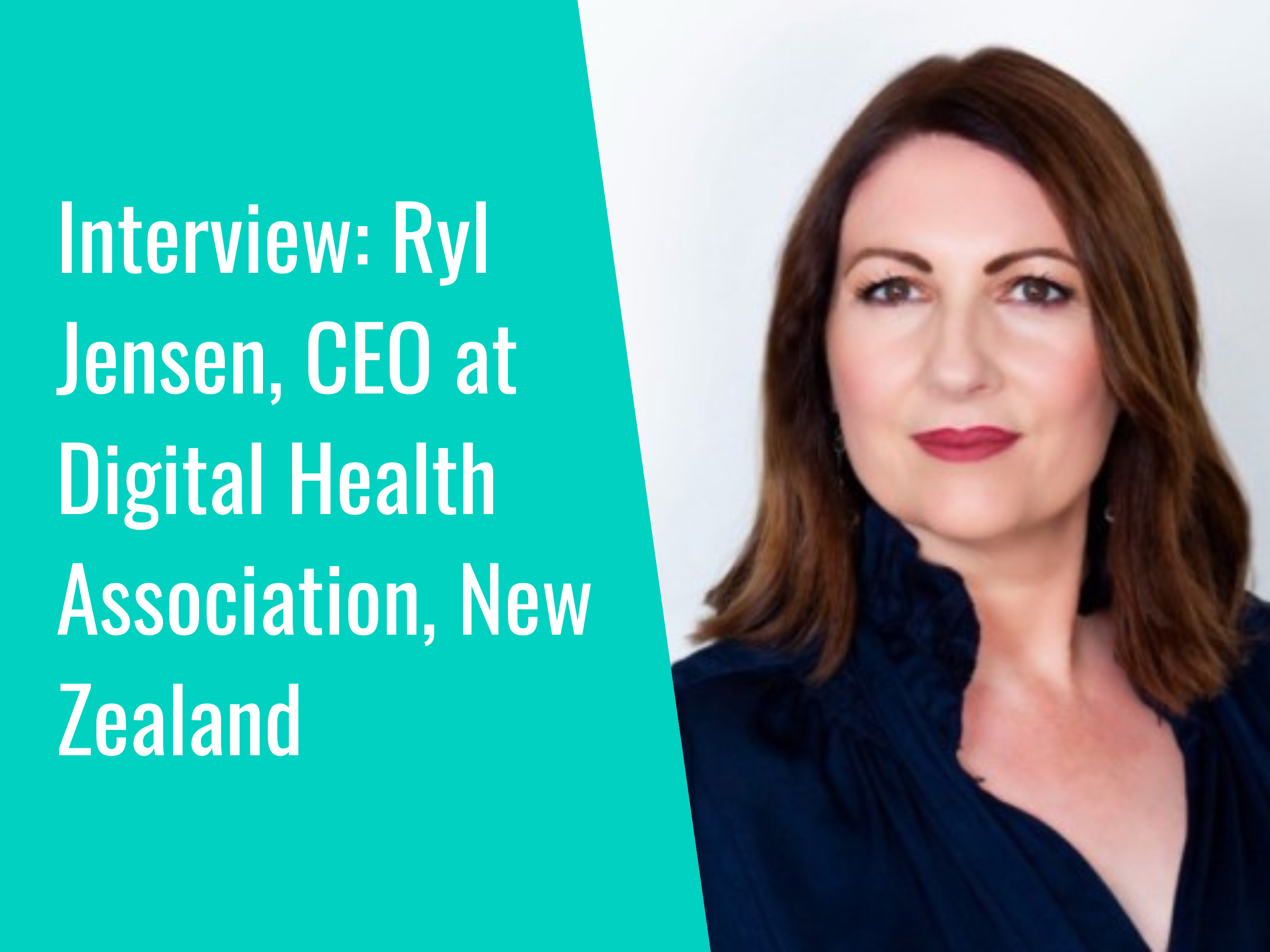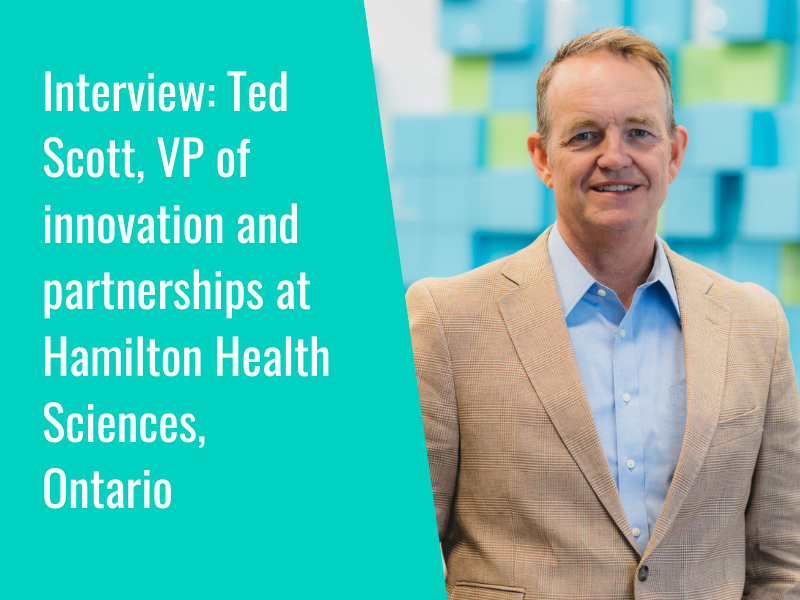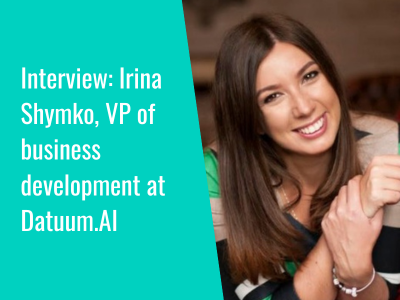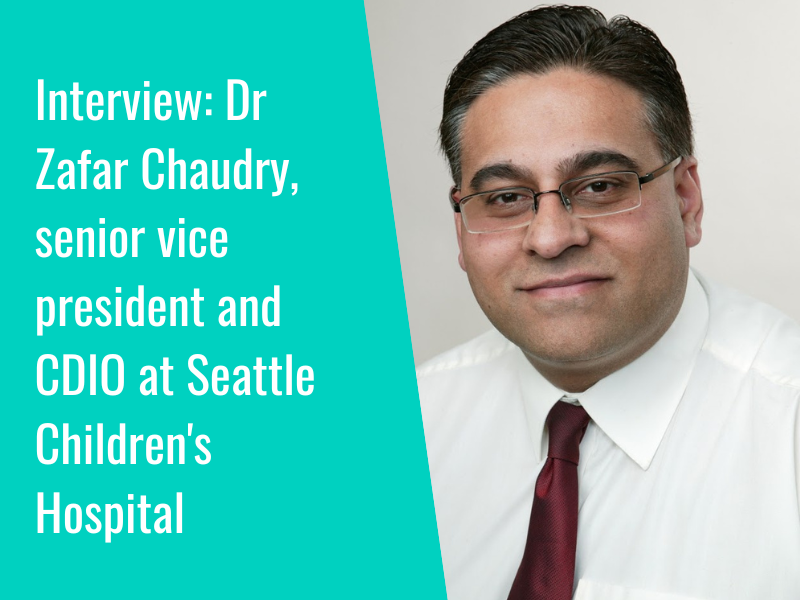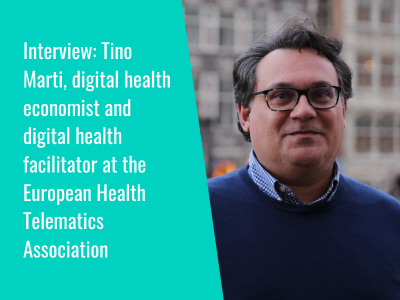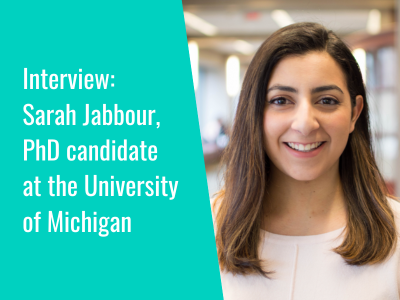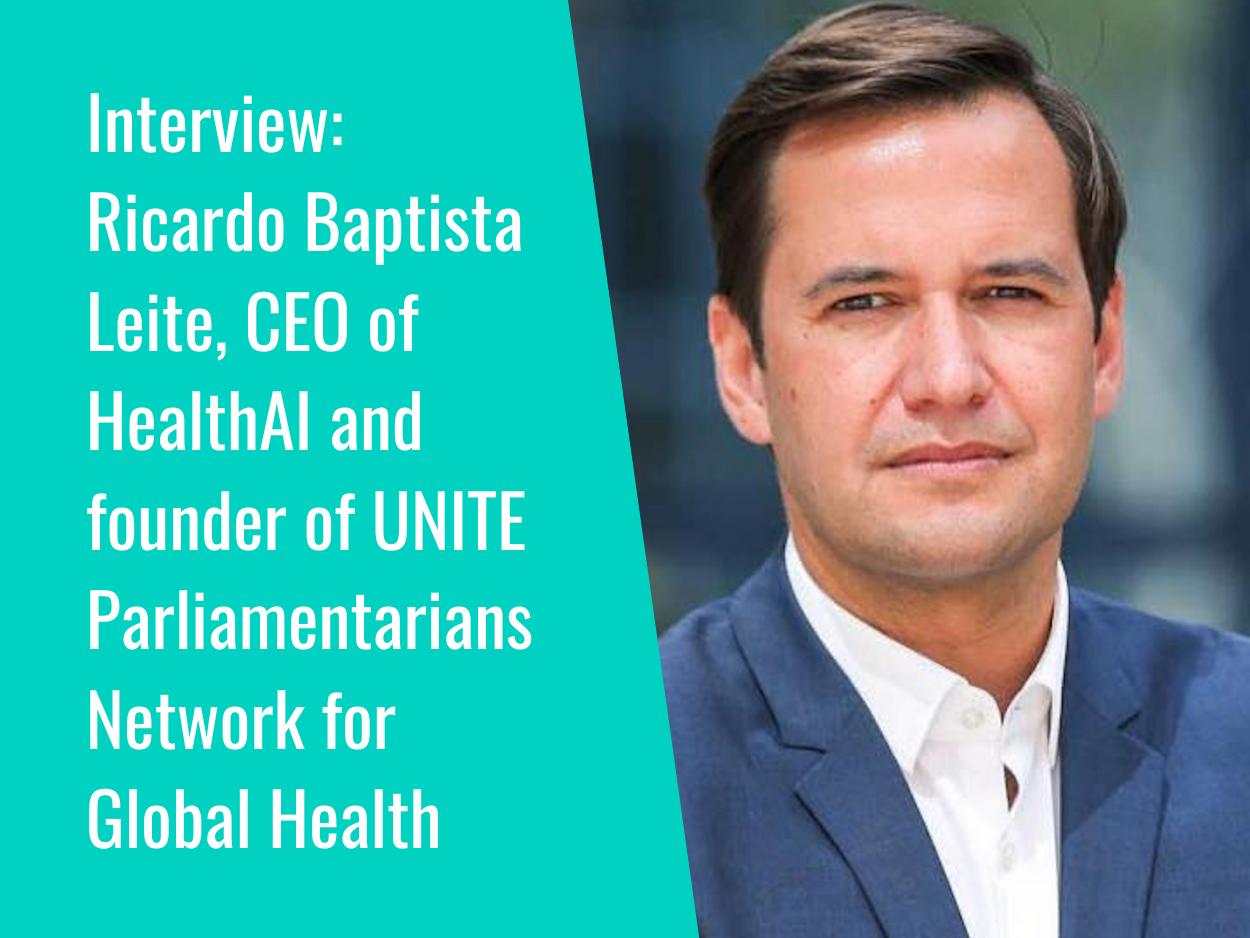Dassault Systèmes has announced the launch of a virtual twin project in collaboration with the Saint-Louis Hospital AP-HP in Paris, with aims of improving understanding around the respiratory transmission of viruses and optimising patient care.
The project uses augmented reality to create a virtual twin of the hospital’s dialysis unit, allowing clinicians to see the ways that virus particles circulate through the air, and the role of ventilation and masks in “optimising the care of immunocompromised patients”.
Dr Guillaume Mellon, head of infection prevention and control at Saint-Louis Hospital AP-HP, said of the project: “Dassault Systèmes had already worked on projects at other hospitals in Paris and understood our mission to offer the highest level of care. Its solutions allowed us to visualize the production of respiratory particles, follow their trajectory, and see how they could spread from patient to patient. This incredibly innovative educational experience made our health professionals more aware of respiratory cross-transmission risks in the hospital. The entire experience exceeded my expectations.”
After creating the “twin” using building blueprints and 3D scans, Dassault utilises its SIMULIA applications, powered by its 3DEXPERIENCE platform, to “visualize, simulate and predict the transmission of respiratory and viral particles” across different scenarios, taking into account the ways patients use the space, airflow, and things like mask-wearing.
The 3DEXPERIENCE platform “connects an organisation’s entire ecosystem – people, ideas, data, and processes, using a single unified environment”, and is described as being driven by a user experience which facilitates real-time collaboration for individuals, teams and departments.
In related news from France, the launch of the MEDITWIN consortium has been announced to explore the possibilities of virtual twins for medical practice, with the aim of enabling doctors to simulate scenarios, and to develop seven new medical practices and “virtual healthcare products” across neurology, cardiology, and oncology.
- 1
- 2


